Description
Die vier Hauptgetränke: Punsch by Adolf Schrödter printed on a T-Shirt
About the T-Shirt
Regular fit
Standard length, the fabric easily gives into movement
Casual wear
A classic, everyday option loved by our customers
Side-seamed
Constructed by sewing two parts together, creating a fitted look
The Unisex Staple T-Shirt feels soft and light with just the right amount of stretch. It’s comfortable and flattering for all. We can’t compliment this shirt enough–it’s one of our crowd favorites, and it’s sure to be your next favorite too!
- Solid colors are 100% Airlume combed and ring-spun cotton
- Ash color is 99% combed and ring-spun cotton, 1% polyester
- Heather colors are 52% combed and ring-spun cotton, 48% polyester
- Athletic and Black Heather are 90% combed and ring-spun cotton, 10% polyester
- Heather Prism colors are 99% combed and ring-spun cotton, 1% polyester
- Fabric weight: 4.2 oz./yd.² (142 g/m²)
- Pre-shrunk fabric
- 30 singles
- Side-seamed construction
- Tear-away label
- Shoulder-to-shoulder taping
- Blank product sourced from Nicaragua, Mexico, Honduras, or the US
Adolf Schrödter (1805-1875)
Adolf Schrödter or Adolph Schroedter was a German painter and graphic artist; associated with the Düsseldorf school of painting. He is considered to be one of the pioneers of German comics.
His father was a copper engraver. In 1820, he studied engraving in Berlin, with the graphic artist, Ludwig Buchhorn. By 1827, he had decided to devote himself to painting and studied at the Berlin Academy. In 1828, he went to Düsseldorf to work with Wilhelm von Schadow.
In 1840, he married Alwine Heuser, from Gummersbach, the daughter of a wealthy merchant and niece of the painter, Henriette Jügel. He encouraged her desires to pursue a career in art. They had two sons and two daughters. Their daughter Malwine married the painter Anton von Werner in 1871.
He began making regular contributions to the new satirical magazine, Düsseldorfer Monathefte [de] in 1847. The following year, he became one of the first members of the progressive artists’ association “Malkasten” (Paintbox). Shortly after, he and his family moved to Frankfurt am Main, where he worked on several parodies with the politician and writer, Johann Hermann Detmold [de].
In 1854, he and Alwine returned to Düsseldorf, to live in the former home of their friend, Johann Wilhelm Schirmer. who had moved to Karlsruhe. Their neighbors there were another artistic couple, Marie and Rudolf Wiegmann.
They moved again in 1859, to Karlsruhe, so he could accept a position as Professor of Ornamentation at the recently created Großherzoglich Badische Kunstschule Karlsruhe; where their friend from Düsseldorf, Schirmer, was serving as Director, and his sister-in-law Ida’s husband, Karl Friedrich Lessing, was a Professor. He held that position until 1872.
His works encompassed several types and styles: painting, illustrating, engraving, etching, woodcutting, and lithography, as well as creating ornaments. In addition to drawing cartoons for satires he also wrote them, and pursued botany as a hobby; becoming an amateur florist. His technical writings include Das Zeichnen als ästhetisches Bildungsmittel (Drawing as an aesthetic means of education, 1853) and Schule der Aquarellmalerei (School of watercolor painting, 1871).

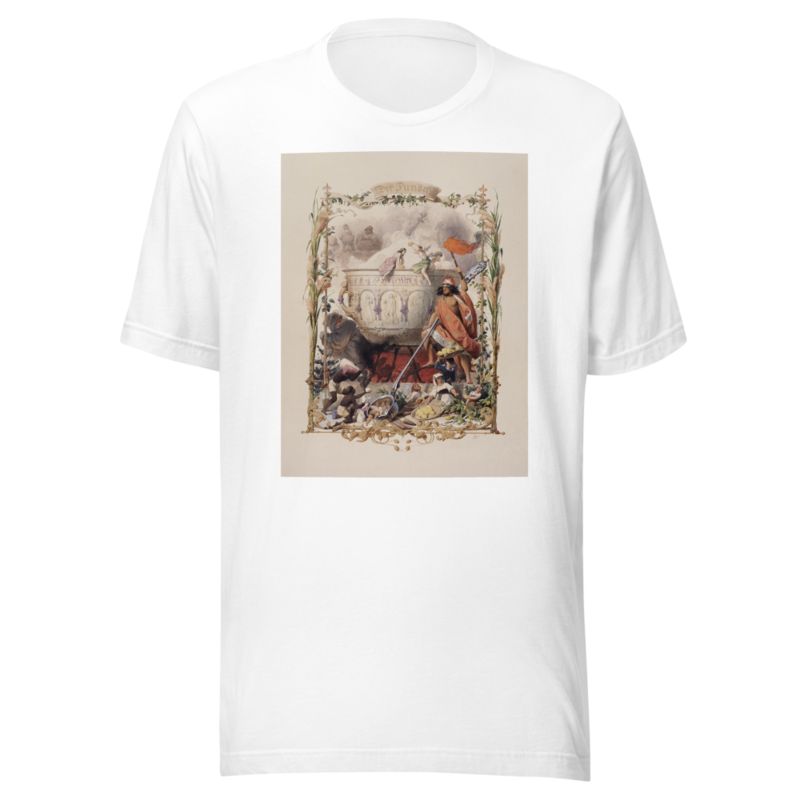
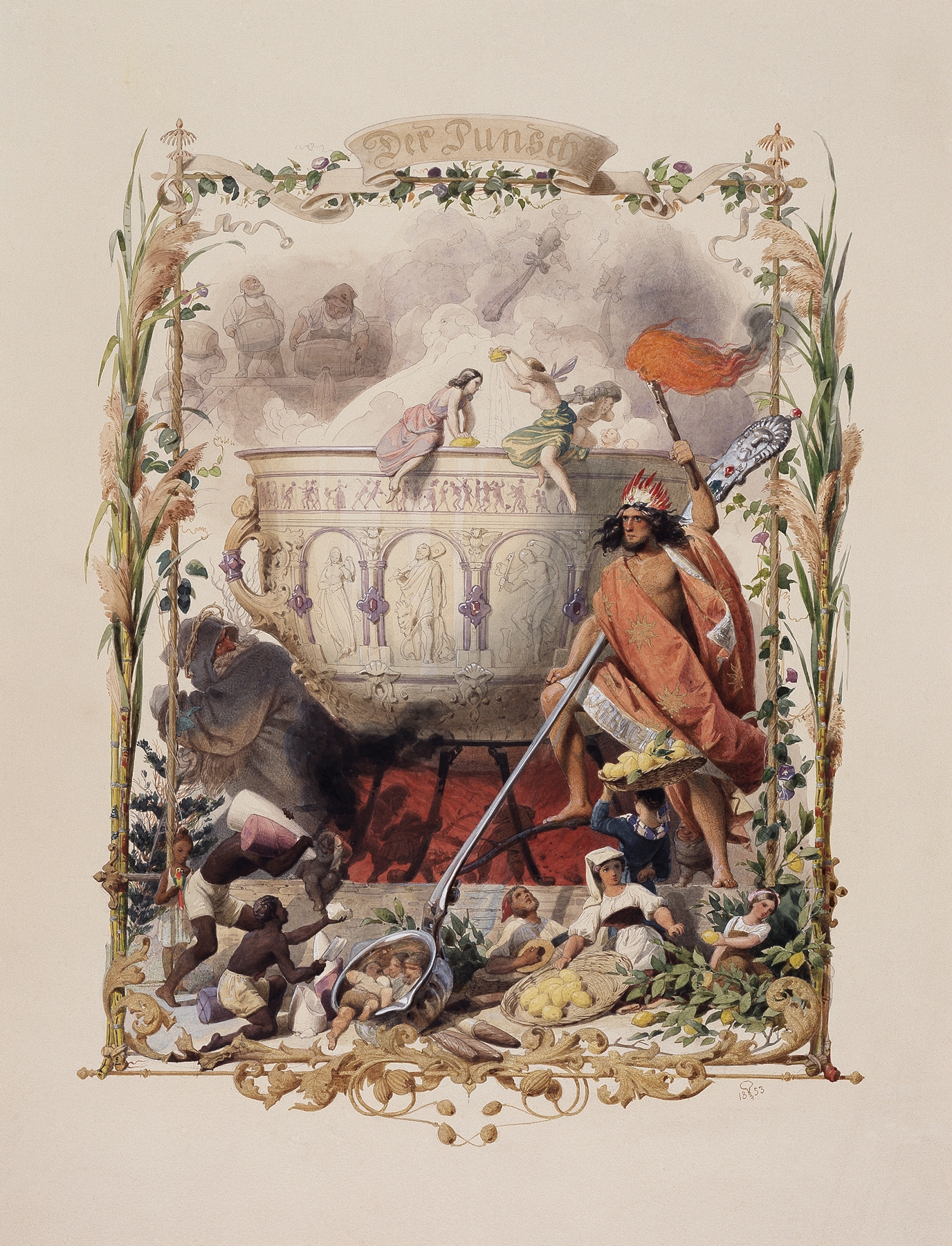
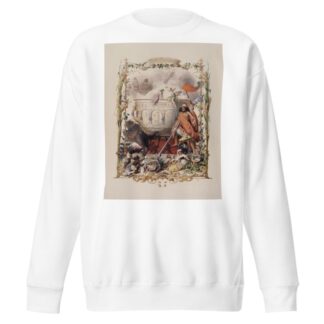
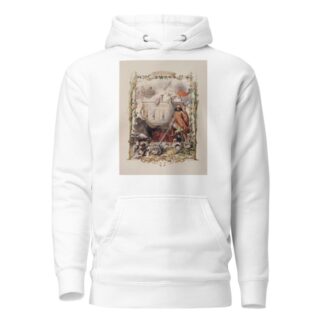
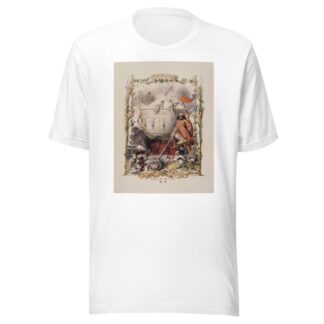
Reviews
There are no reviews yet.